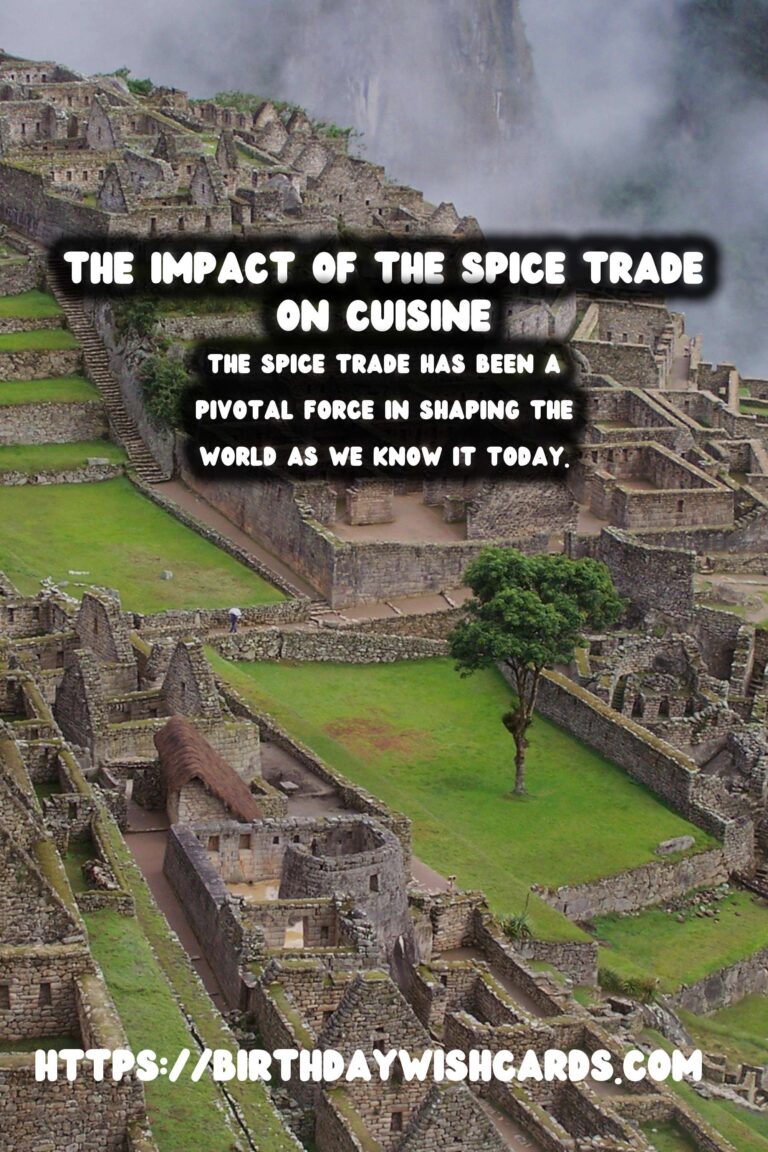
The spice trade has been a pivotal force in shaping the world as we know it today. Dating back to ancient civilizations, spices like cinnamon, pepper, turmeric, and nutmeg have not only enriched our food but also our cultures and economies. This article delves into how the spice trade has influenced global cuisine over the centuries.
The Origins of the Spice Trade
Spices have been valued for their culinary, preservative, and medicinal properties since ancient times. The spice trade began around 2000 BCE, with civilizations in Asia, the Middle East, and Europe eagerly sourcing these precious commodities. Spices like cloves came from Indonesia, cinnamon from Sri Lanka and India, and pepper from southern India. The routes taken by merchants became the arteries of the ancient world, leading to the exchange of not just goods, but ideas and cultures.These routes were dominated by Arab traders who introduced the luxurious spices to Greeks and Romans. Over time, their exotic provenance and high cost made spices accessible only to the wealthy.
Spices and Cuisine
Spices have profoundly transformed global cuisine, introducing new flavors and techniques. In Asian cuisine, spices are the soul of dishes, forming intricate blends like Indian garam masala and Thai curry pastes. Indian cuisine, for instance, features turmeric, cumin, and coriander, creating a palette of flavors that range from earthy to fiery.
In the Middle Ages, European cuisine was drastically altered as crusaders returned home with newfound spices. Spices such as saffron and ginger became vital in European kitchens, used in everything from stews to pastries. This trade not only influenced taste but also food preservation, providing a means to mask the taste of less fresh foods during long winters.
The Economic Impact of the Spice Trade
The quest for spices led to the Age of Exploration, forever changing world economics. Portuguese explorers like Vasco da Gama sought to gain a monopoly over the spice trade by discovering a sea route to India. Colonizing entities from European nations established control over spice-producing regions, leading to the establishment of powerful trading companies like the Dutch East India Company.
This pursuit of spices introduced competitive colonial interests, which not only defined economies but also geopolitics. European powers carved new trade channels and even pre-emptively controlled economies, seeing Southeast Asia and India as treasure troves.
Cultural Exchange and Integration
The spice trade facilitated a considerable degree of cultural exchange. Spices carried stories and traditions across boundaries, leading to hybrid cuisines. The fusion of different cooking methods and ingredients saw the rise of Creole cuisine in Louisiana, which combines French, Spanish, and West African influences, all relying heavily on spices like paprika and cayenne.
North Africa’s tagines are another brilliant example of this integration, weaving the culinary practices and spices of its varied historical rulers—from the Berbers to the Arabs—into a cohesive yet diverse culinary tapestry.
Conclusion
The legacy of the spice trade is evident in today’s culinary practices and continues to be celebrated worldwide. The ancient paths of spice merchants still flavor our plates and foster a sense of global community by transcending cultural boundaries with each bite.Ultimately, the spice trade serves as a testament to the profound impact trade can have on culture, economics, and cuisine. It reminds us that our meals are a journey through time, marked by the rich history of exploration and a testament to humanity’s everlasting discovery.
The spice trade has been a pivotal force in shaping the world as we know it today. In Asian cuisine, spices are the soul of dishes, forming intricate blends like Indian garam masala and Thai curry pastes. 
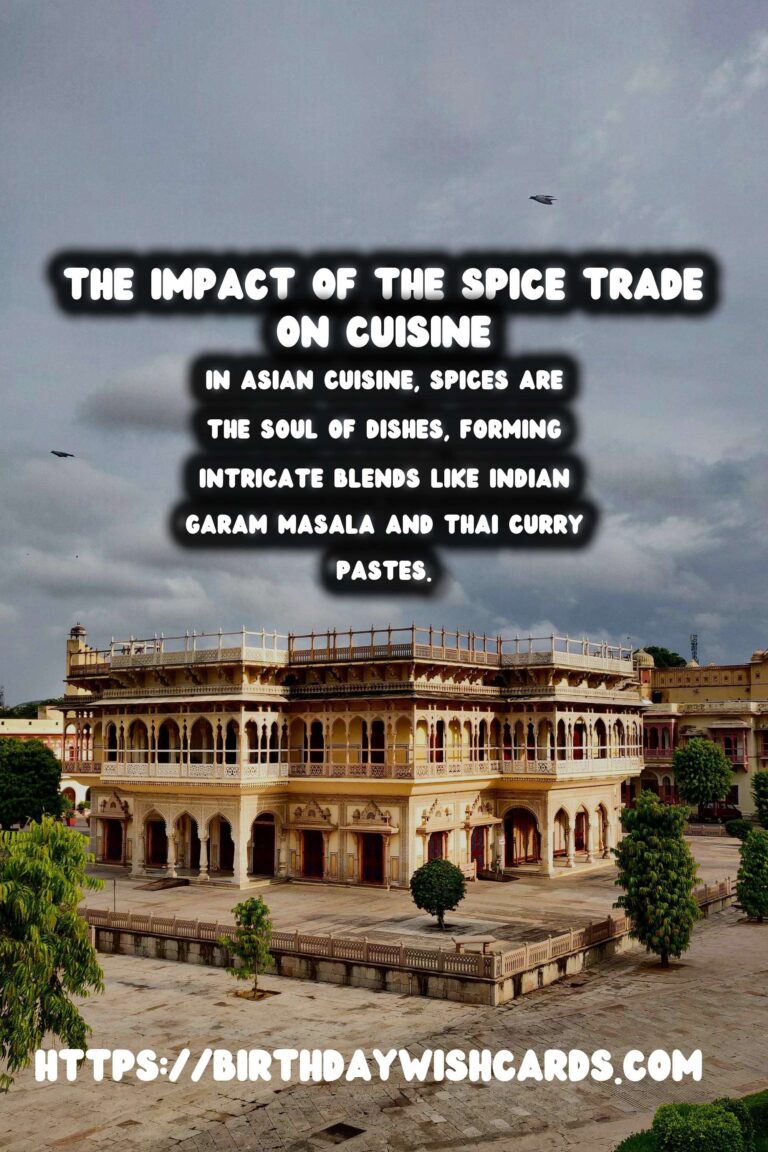
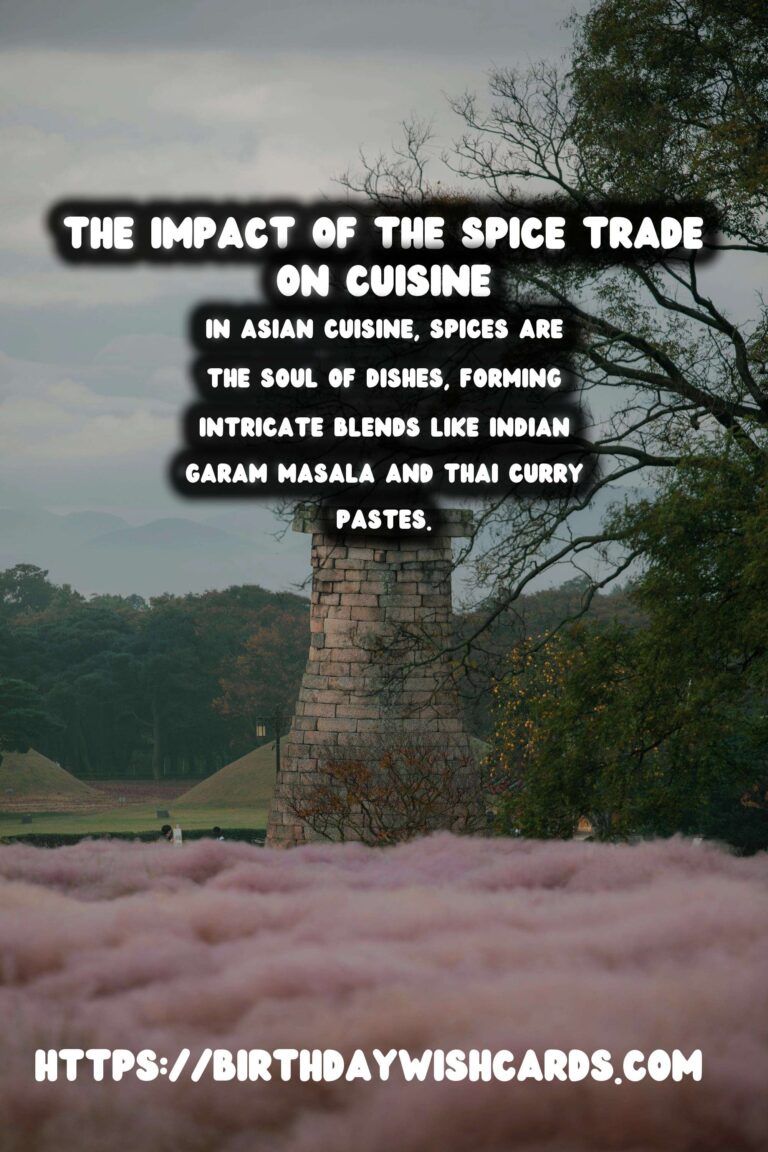

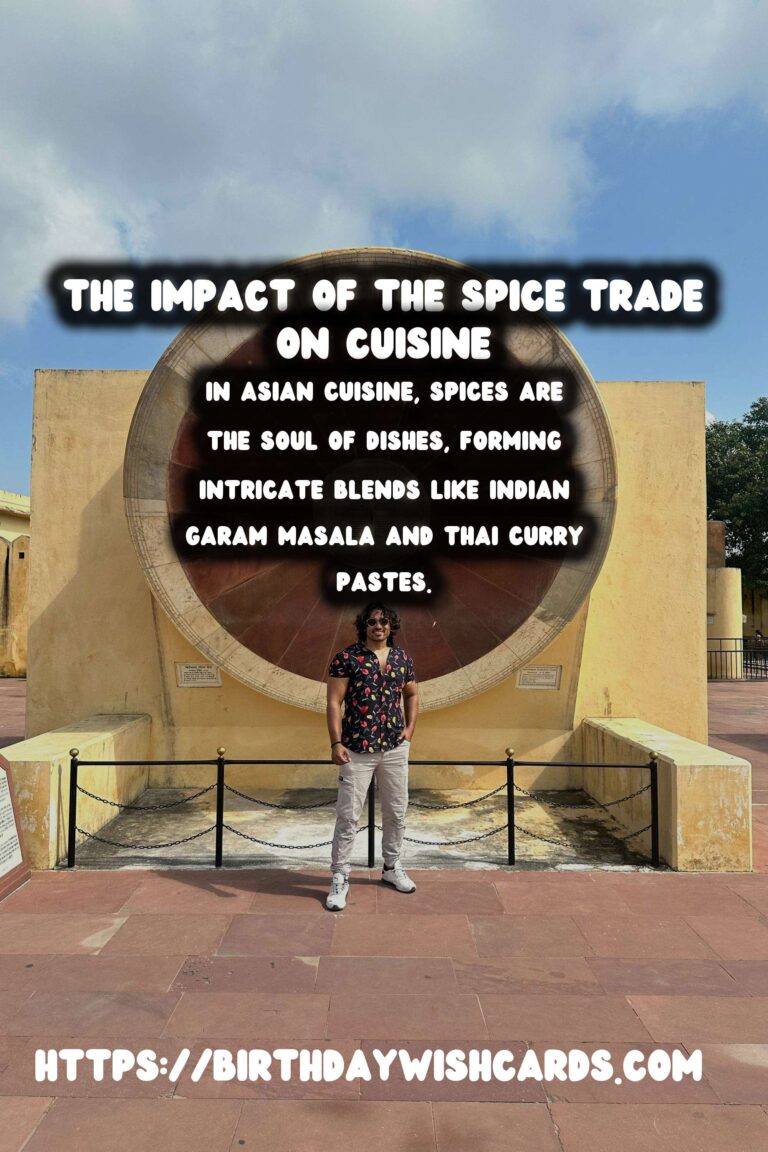
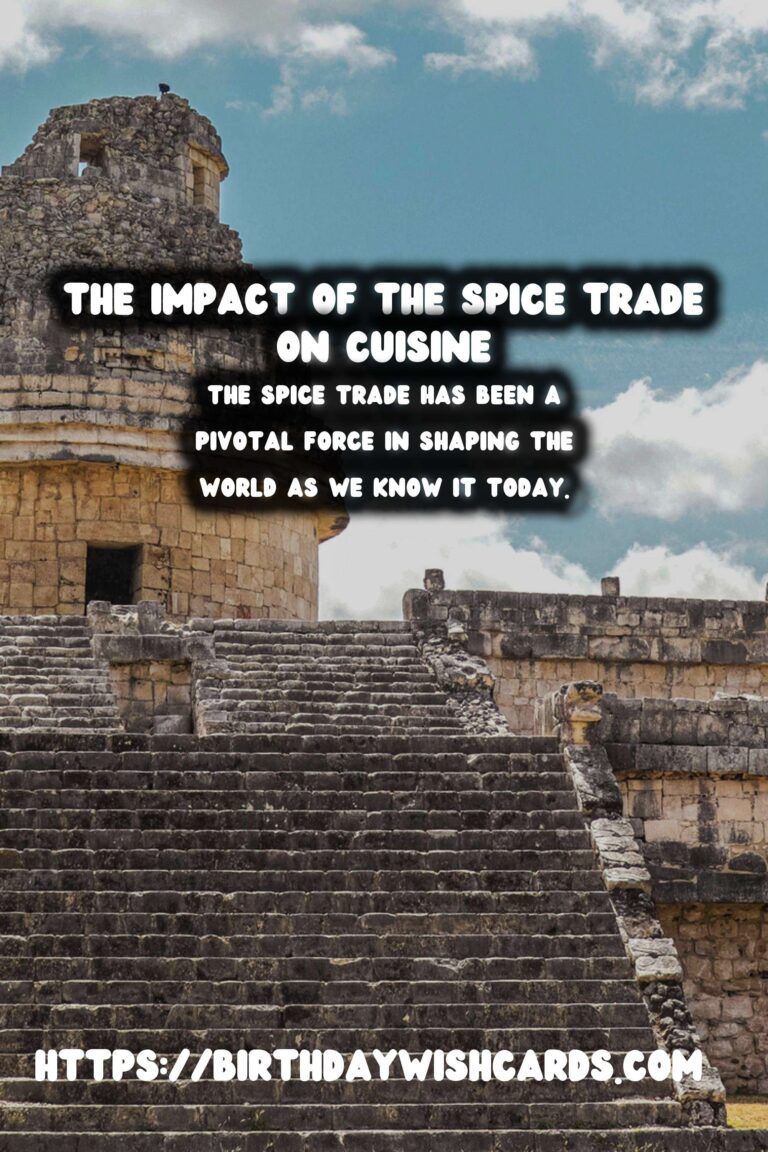
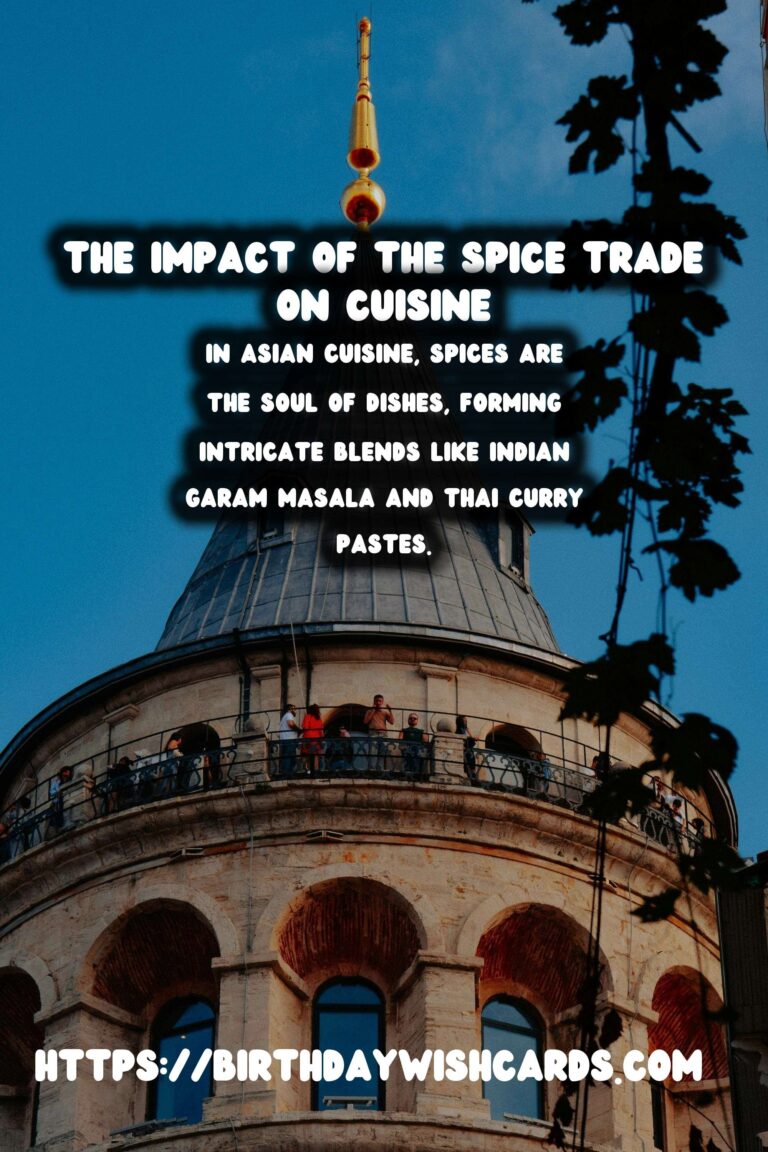
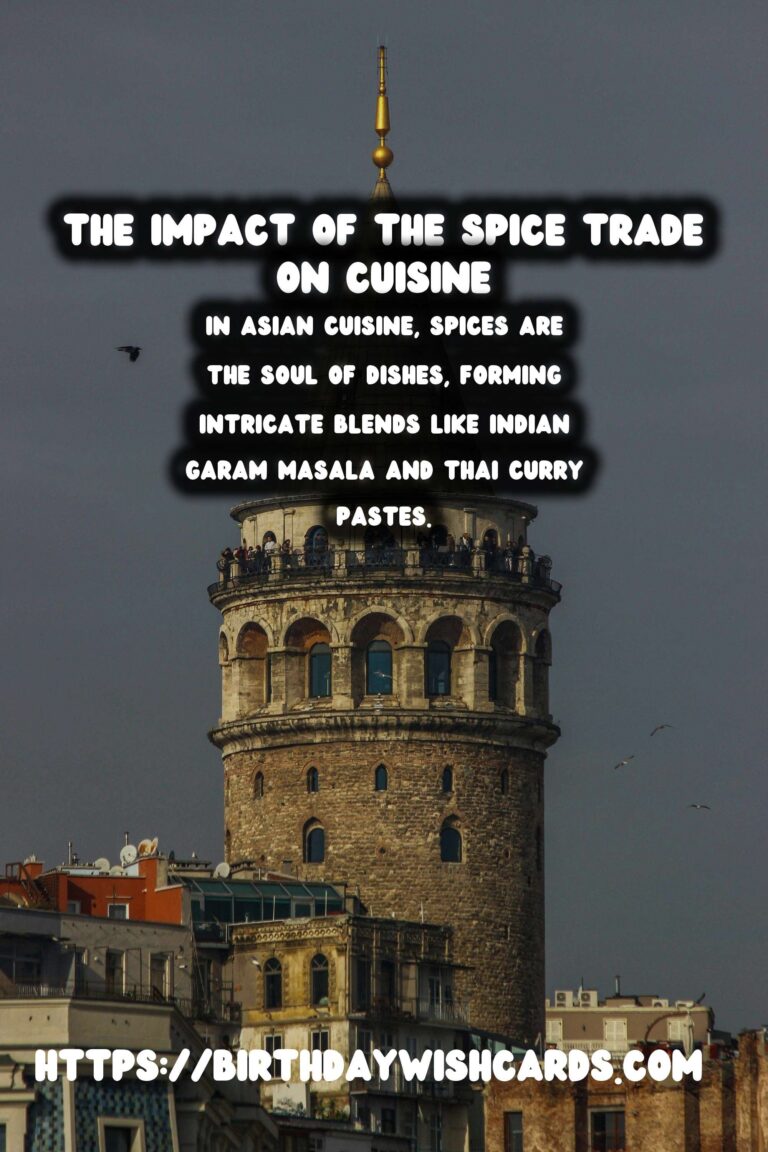
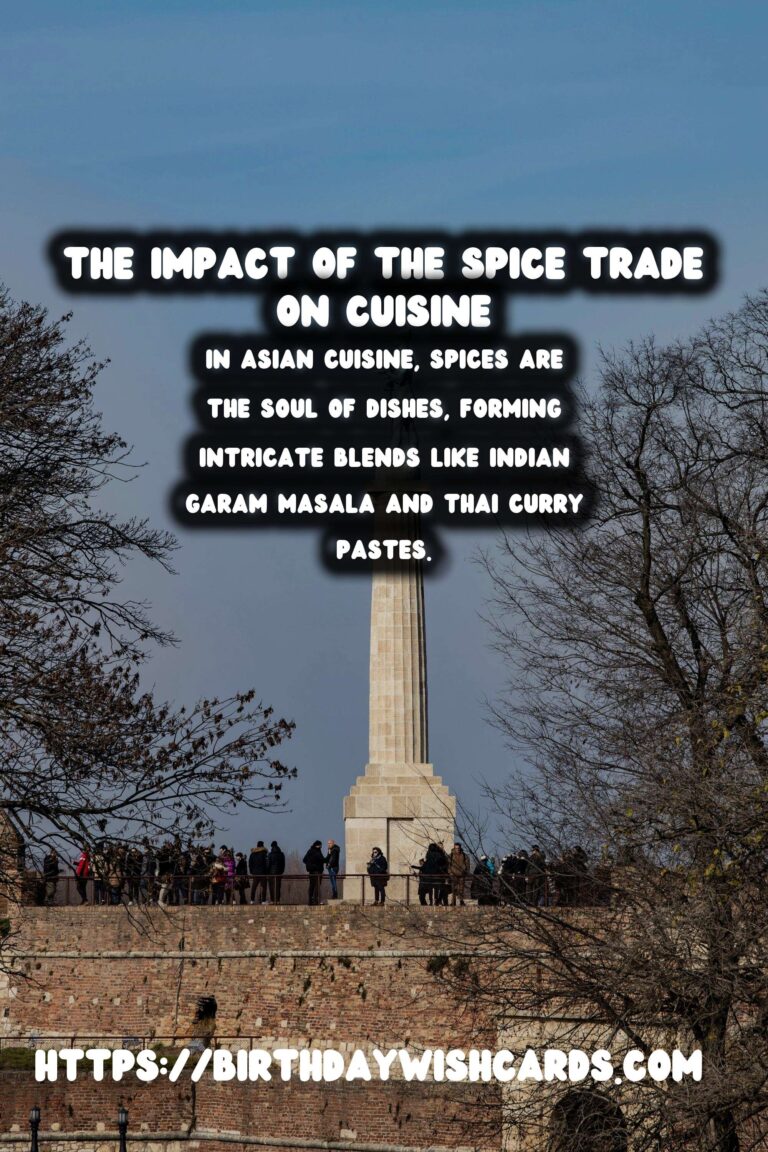

#SpiceTrade #GlobalCuisine




